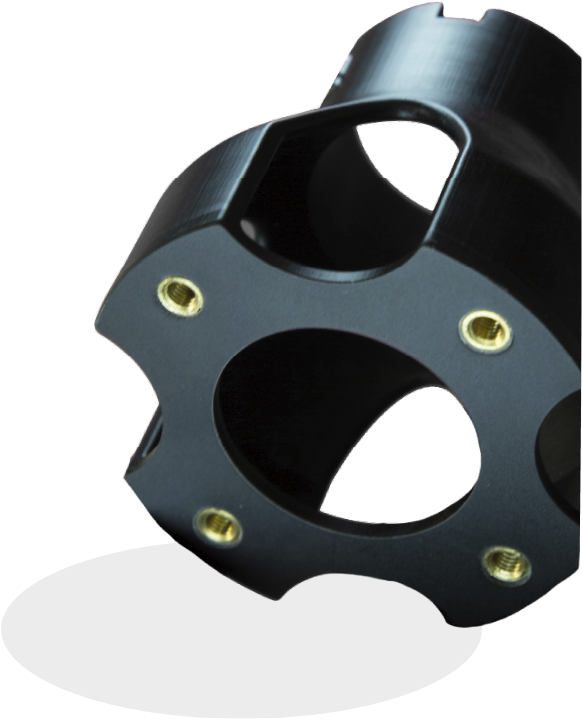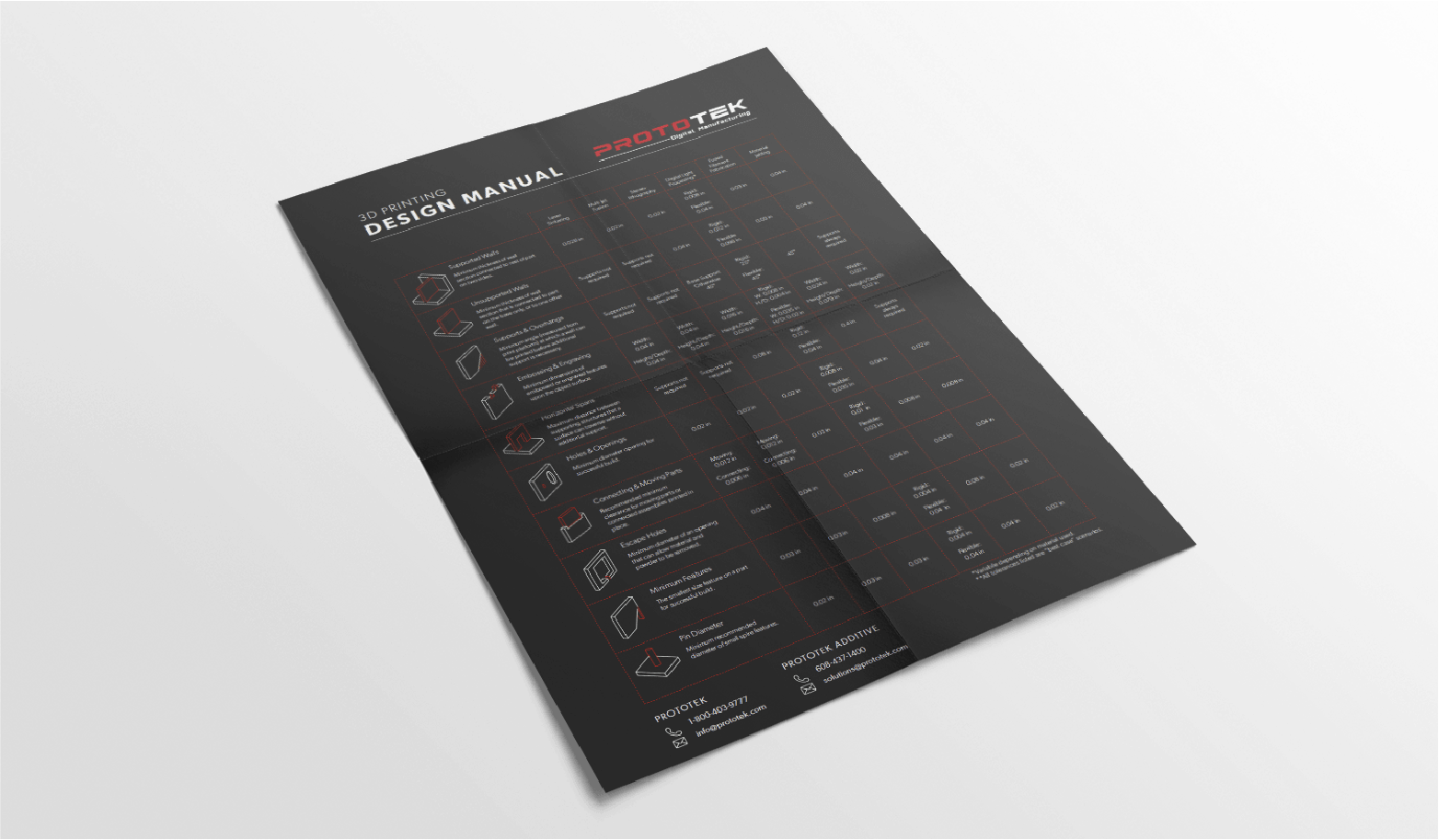Additive Manufacturing Finishes & Post Processing
Parts in days anywhere in the USA.
Additive manufacturing, or 3D printing, has revolutionized the manufacturing industry by offering unparalleled customization and agility. However, one aspect that often gets overlooked is the finishes of the final products and the post-processing requirements. Additively manufactured parts can have several surface finishes, ranging from rough and textured to smooth and polished. Different surface finishes can be achieved by changing the printing parameters such as layer thickness, nozzle diameter, and printing speed. In addition, post-processing techniques such as sanding, polishing, painting, and coating can enhance the final product’s appearance and performance. Other post-processing techniques include support removal, dyeing, engraving, and electroplating. The choice of post-processing method depends on the requirements of the final product, including its function, appearance, and durability. Understanding the different surface finishes and post-processing techniques can help manufacturers create high-quality 3D-printed products that meet the needs of their customers.

Choosing the right additive manufacturing finishes and post processing for your project.
Choosing the right additive manufacturing finishes and post-processing techniques for your project is essential to achieve the desired final product. The finish of the product can significantly affect its appearance, functionality, and durability. Various techniques such as sanding, polishing, painting, and coating can be used to achieve a smooth finish. Post-processing techniques like dyeing, vapor smoothing, and electroplating can add color, texture, and other desired properties to the surface of the product.
When selecting the finishing process and post-processing technique, it is crucial to consider the material used, the shape and size of the object, as well as the intended use and application of the final product. For example, post-processing a medical device requires greater attention to detail and precision than post-processing a decorative object.
By understanding the various additive manufacturing finishes and post-processing techniques available and how they can impact the final product, you can make informed decisions to achieve the desired result for your project.
The role of automated vapor smoothing additive manufactured parts for enhanced surface finishes.
Automated vapor smoothing technology is essential for improving the surface finish of additive manufactured parts. This technique involves using vapor to dissolve the outermost layers of a 3D-printed object, resulting in a smoother and more uniform surface. It is typically used on thermoplastic parts, specifically those created using laser sintering, multi-jet fusion, and fused filament fabrication.
The benefits of using automated vapor smoothing include enhanced cosmetic appearance, increased strength and durability, and better resistance to chemicals and moisture. The automated process ensures consistent results and requires minimal operator intervention.
Automated vapor smoothing in additive manufacturing is crucial for achieving high-quality surface finishes on parts, especially in aerospace, automotive, and medical devices. As 3D printing revolutionizes manufacturing capabilities, automated vapor smoothing technology will likely become more widespread and significant.








